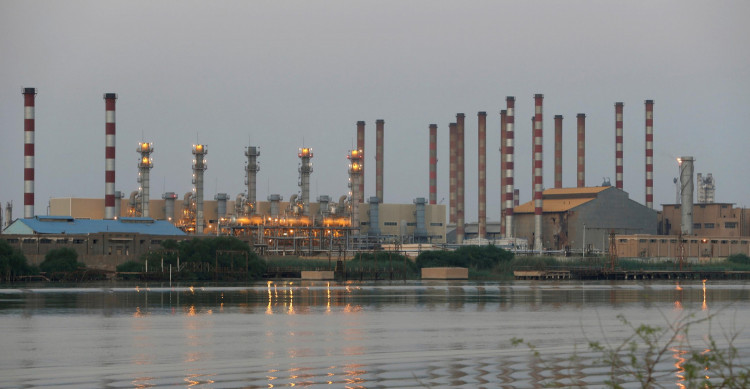The United States military is poised to strongly reinforce the men and materiel now positioned in the Middle East, but the numbers won't be as high as the 14,000 men reported by The Wall Street Journal Thursday. The Journal also said dozens of U.S. Navy warships will bolster the warships already there by early 2020.
The Pentagon has said there are indications Iran might attack U.S. forces in the region in the next few months.
The relentless build-up of U.S, military power in this explosive the geopolitical region has been going on since May in response to the perceived military threat from Iran. That threat was exemplified by Iran's devastating aerial attacks on two of Saudi Arabia's largest oil sites on Sept. 14 using aerial drones and missiles.
In May, the Trump administration deployed 1,500 troops, a carrier strike group and a bomber task force to the Middle East to deter Iran's military moves. It added 1,000 more troops in June. The U.S. has more than 50,000 troops deployed to the entire Middle East. Some 1,000 of these soldiers are engaged in military operations in Syria.
The Journal said U.S. officials told it President Donald Trump will decide on this massive reinforcement this month. If the Journal's report is true, this move will double the number of U.S. military personnel in the region.
The Pentagon, however, strongly denied the Journal report and called it flat out wrong.
"To be clear, the reporting is wrong." tweeted Pentagon spokeswoman Alyssa Farah. "The US is not considering sending 14,000 additional troops to the Middle East."
Military experts said deployment of the size claimed by the Journal will double the number of U.S. military personnel sent to the region since the start of a troop buildup in May.
The U.S. Army, Navy and Air Force are heavily committed to the Middle East in the face of Iran's troublemaking. In November, the Nimitz-class, the nuclear-powered aircraft carrier USS Abraham Lincoln (CVN-72) and her carrier air wing sailed through the Strait of Hormuz in a show of force to reassure U.S. allies worried about Iran's increasing military assertiveness.
In October, the Pentagon announced two fighter squadrons of the U.S. Air Force and additional missile defense batteries were being sent to Saudi Arabia.
Undersecretary of Defense for Policy John Rood said Wednesday the Pentagon has seen indications Iran soon attack U.S. targets or interests in the Middle East.
"We do remain concerned about potential Iranian aggression," said Rood to the Journal. "Deterrence is dynamic, our response is going to be dynamic."
Rood said Washington has informed Iran over the consequences of any Iranian military aggression.
"In private ... we've sent very clear and blunt signals to the Iranian government about the potential consequences of aggression," he said.
Previous to Rood's statement, however, General Kenneth McKenzie, Commander of US Central Command, said the U.S. does not have all the military power it needs to cover the Middle East region.
"There is a lot of water to cover," noted Gen. McKenzie. "Simply put, we don't have sufficient resources to be where we want to be in the right numbers all the time."






